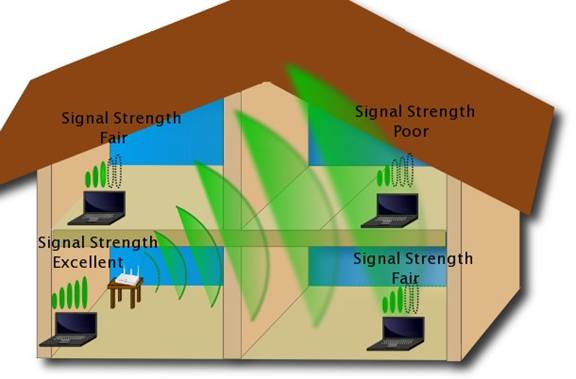
If an internet worm got through your computer network firewall and was using around 50% of your corporate or office bandwidth as it spread from machine to machine, would you consider that a security risk or a performance problem?
Anything that impacts mission-critical corporate IT systems is a security concern. As your business Wi-Fi network becomes more and more mission-critical, any possible interference device, whether the interference is malicious, as in the case of a jammer, or accidental, must be viewed as a potential security issue.
In addition to RF denial of service, there are several other risks related to non-Wi-Fi RF devices, including:
Multi-protocol devices.
Wi-Fi networks are typically locked down with secure access controls, but devices that run on non-Wi-Fi networks, such as Bluetooth devices, are not. A notebook, computer with wi-fi and Bluetooth connectivity may act as a bridge, allowing an intruding device onto the business WAN or LAN.
Non wi-fi rogues.
Most enterprises implement a form of wi-fi rogue access point detection to find unauthorised and unsecured access points on the corporate network. But there are non-wi-fi devices such as Bluetooth access points that can open up a similar security hole. Like wi-fi rogues, these devices must be detected and eliminated.
Leakage of sensitive data
Certain non-wi-fi devices such as cameras and cordless phones can be used to carry sensitive data out of a restricted area, bypassing security policies. When this is a concern, a zone of restricted wireless operation should be established, and that zone should be enforced through monitoring of the spectrum.
RF security doesn’t just stop with wi-fi. Do you know who is using your spectrum?
